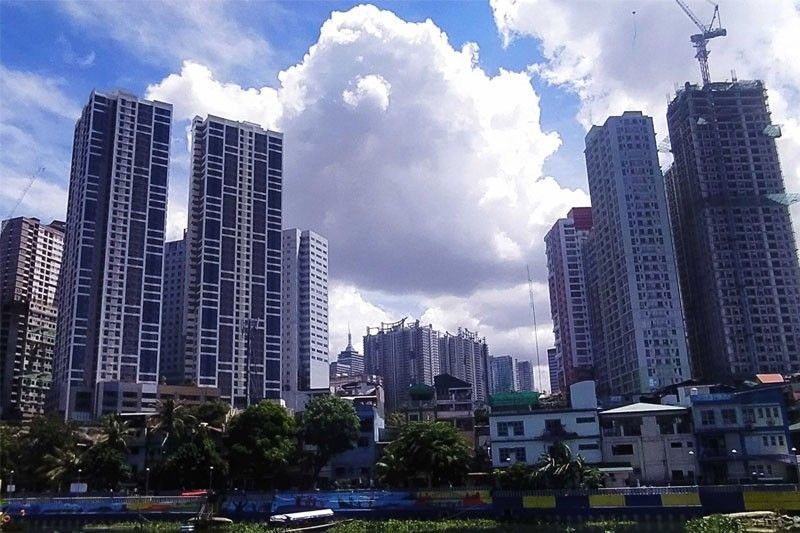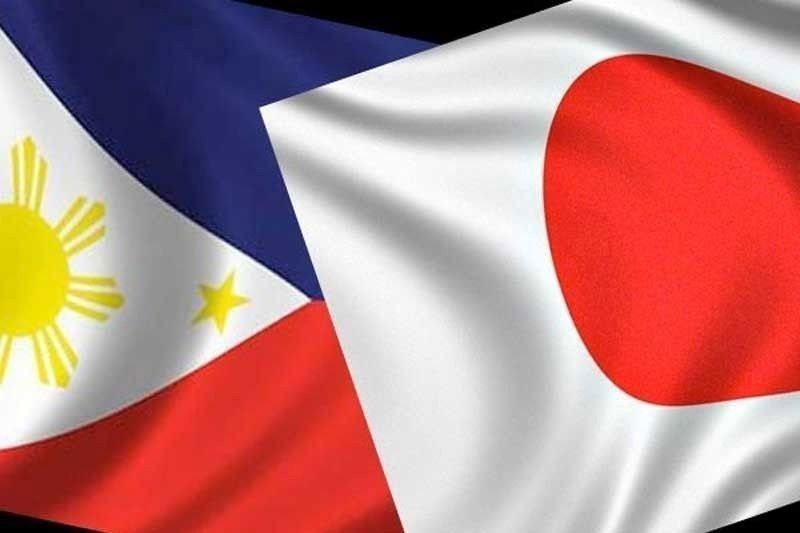
Upgrade to High-Speed Internet for only ₱1499/month!
Enjoy up to 100 Mbps fiber broadband, perfect for browsing, streaming, and gaming.
Visit Suniway.ph to learn
Motorists fill their tanks in a gas station along Philcoa in Quezon City before the Holy Week in 2023.
The Philippine STAR / Jesse Bustos
MANILA, Philippines — Escalating tensions between Israel and Iran could push fuel prices in the Philippines up by as much as P4.80 per liter next week, the Department of Energy (DOE) warned.
In a June 20 statement, the DOE warned motorists to brace for an unusually sharp fuel-price hike next week.
Gasoline may go up by P2.50 to P3 per liter, while diesel could see a larger increase of P4.30 to P4.80 per liter.
Kerosene is forecast to climb P4.25–P4.40 per liter—its steepest increase this year—likely turning its year-to-date decline into a net gain.
According to DOE Oil Industry Management Bureau Assistant Director Rodela Romero, global crude oil prices surged by $3.50 to $4 per barrel from June 16 to 19, based on international trading data.
She said crude oil prices are expected to reach $80 per barrel by the end of June, up from the current average of $77 as of Thursday.
The warning comes amid escalating missile and drone exchanges between Israel and Iran, heightening fears of disruptions to global oil output and supply chains.
“Major oil price shock is looming as Israel-Iran conflict threatens critical global shipping passage,” the DOE said.
Israel launched the first airstrikes targeting Iranian nuclear and military sites on June 12. Iran retaliated the following day, and since then, the cycle of attacks has continued, leading to significant casualties.
Estimates based on speculation
However, Romero clarified that Israel and Iran are not major oil suppliers to the Philippines. The country mainly imports petroleum products from China, South Korea and Taiwan, which also source from the Middle East.
She added that no actual supply disruptions have occurred so far. The latest international trading estimates were just largely driven by speculation over possible disruptions in key shipping routes.
“Wala pang actual supply disruption na nangyayari, pero ‘yung haka-haka at lalo na ‘yung kinatatakutan na pagsasara ng passageway ng mga petroleum products mula Middle East, ‘yung Strait of Hormuz at ‘yung Persian Gulf, ‘yun po mas malaki po ‘yung magiging impact pag natuloy yung ganung haka-haka,” Romero said.
(There hasn’t been any actual supply disruption yet, but the speculation and especially the fear of a possible closure of key passageways for petroleum products from the Middle East, like the Strait of Hormuz and the Persian Gulf, would have a much bigger impact if those speculations happen.)
She also said that the potential loss of Iranian oil would impact only a small portion — around 1.5% — of global demand, as oil companies have alternative sources.
The latest price hike on June 17 marked the sixth consecutive week of increases for gasoline and the third for diesel. Gasoline and diesel prices went up by P1.80 per liter, while kerosene rose by P1.50 per liter.

 4 days ago
8
4 days ago
8



